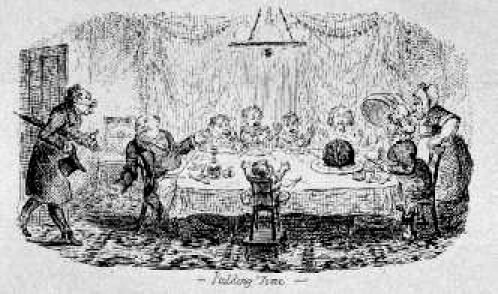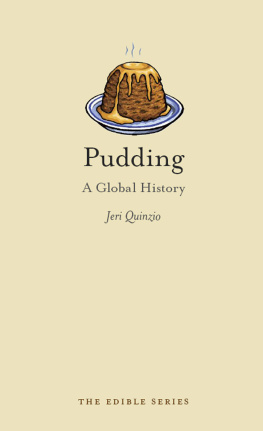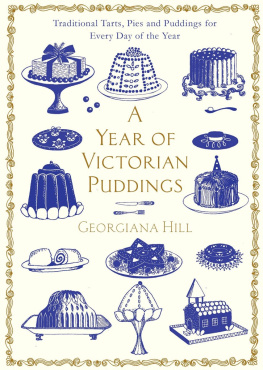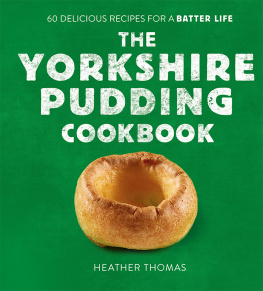PUDDING

Edible
Series Editor: Andrew F. Smith
EDIBLE is a revolutionary new series of books dedicated to food and drink that explores the rich history of cuisine. Each book reveals the global history and culture of one type of food or beverage.
Already published
Apple Erika Janik | Lemon Toby Sonneman |
Bread William Rubel | Lobster Elisabeth Townsend |
Cake Nicola Humble | Milk Hannah Velten |
Caviar Nichola Fletcher | Olive Fabrizia Lanza |
Champagne Becky Sue Epstein | Pancake Ken Albala |
Cheese Andrew Dalby | Pie Janet Clarkson |
Chocolate Sarah Moss and
Alexander Badenoch | Pizza Carol Helstosky |
Cocktails Joseph M. Carlin | Pork Katharine M. Rogers |
Curry Colleen Taylor Sen | Potato Andrew F. Smith |
Dates Nawal Nasrallah | Rum Richard Foss |
Gin Lesley Jacobs Solmonson | Sandwich Bee Wilson |
Hamburger Andrew F. Smith | Soup Janet Clarkson |
Herbs Gary Allen | Spices Fred Czarra |
Hot Dog Bruce Kraig | Tea Helen Saberi |
Ice Cream Laura B. Weiss | Whiskey Kevin R. Kosar |
Published by Reaktion Books Ltd
33 Great Sutton Street
London EC1V 0DX, UK
www.reaktionbooks.co.uk
First published 2012
Copyright Jeri Quinzio 2012
All rights reserved
No part of this publication may be reproduced, stored in a retrieval system, or transmitted, in any form or by any means, electronic, mechanical, photocopying, recording or otherwise, without the prior permission of the publishers.
Page references in the Photo Acknowledgements and
Index match the printed edition of this book.
Printed and bound in China by Eurasia
British Library Cataloguing in Publication Data
Quinzio, Jeri.
Pudding: a global history. (Edible)
1. Puddings History. 2. Cooking (Puddings) History.
3. Puddings History Sources
I. Title II. Series
641.8644-dc23
eISBN: 9781780230658
Contents
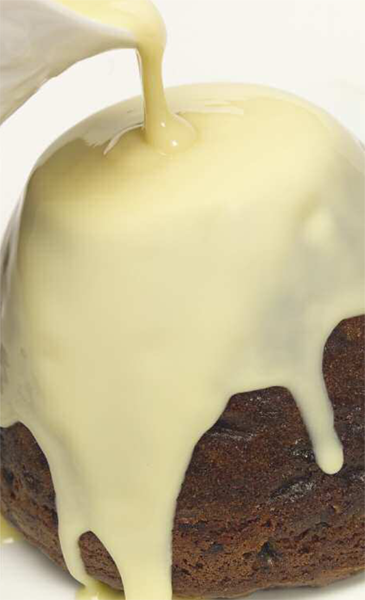
Introduction

Blessed be he that invented pudding.
Henri Misson de Valbourg, Memoirs, 1698
Spending Christmas at an English country house did not appeal to Hercule Poirot. The holiday was for children, manor houses were cold and he had better things to do. But in Agatha Christies story The Adventure of the Christmas Pudding, the famed detective was persuaded to take on a case that necessitated spending the holiday at the home of the Lacey family. There he was immersed in the traditions of an old-fashioned English Christmas. All the same old things, explained Mrs Lacey to the detective when he arrived, the Christmas tree and the stockings hung up and the oyster soup and the turkey and the plum pudding.
Indeed, the crowning glory of the next days dinner was the pudding. It was a large football of a pudding, a piece of holly stuck in it like a triumphant flag and glorious flames of blue and red rising round it. However, for Poirot, the pudding had sinister overtones. The night before, hed found a note in his room warning: DONT EAT NONE OF THE PLUM PUDDING. ONE AS WISHES YOU WELL. It was not signed. Despite the ominous tone of the note, Poirot accepted ahelping of the pudding, tasted it and, much to his surprise, found it to be delicious. Of course, eating the pudding led to his solving the mystery.

Pudding in extreme closeup.
Christie was not alone in writing pudding into a plot. Authors from Shakespeare to Austen, from Trollope to A. A. Milne have written about pudding in one way or another. It has played a major role in literature, appearing in works as different from one another as Through the Looking Glass, Casey at the Bat and A Christmas Carol. Authors have used pudding to signify celebration, indulgence and comfort. Theyve also used it to suggest want, boredom and inequality. An eighteenth-century English writer later identified as Henry Carey used pudding as a symbol of political corruption in a satirical pamphlet. Cartoonists of every era and political persuasion have relished pudding. As an adjective, puddings meanings are diametrically different. A dull, thickset lump of a person is described as a pudding-head or pudding boy. Yet arriving in pudding time means coming just in time for dinner. What could be better?
Hablot Knight Browne (Phiz) (18851892), A Merry Christmas: this book illustration depicts Father Christmas and everything held essential to the season. | 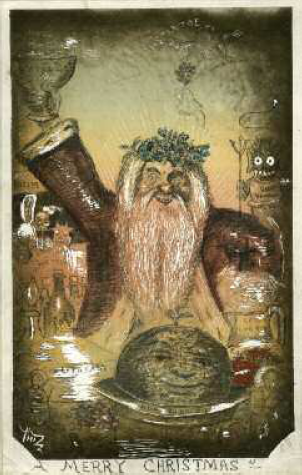 |
Its no wonder pudding has such a variable image. Its a versatile dish. Depending on the time, place and person speaking, a pudding may be a meaty mixture stuffed into a casing made from an animals intestine, rather like a sausage. Or it may be a stodgy combination of flour and water boiled like a dumpling and served to fill up rather than delight. At the other end of the spectrum, puddings resemble fruitcake, resplendent with raisins, figs, dates, nuts and spices. Puddings can be last-minute desserts or they may be made weeks (or even months) ahead of time and aged until a special occasion calls for them. They may be doused with brandy and set ablaze for serving. They may be an extravaganza of exotic ingredients or a good way to use up lacklustre leftovers. They may be boiled, steamed, baked, slow-cooked in a Crockpot, zapped in a microwave or not cooked at all. Also known as pudding is an array of lush, silken creams and custards, rich with eggs and milk or cream. They range from crme brle to baked custard. In one of their many variations, they can also be made as sauces for a steamed pudding. A pudding for a pudding, in other words.
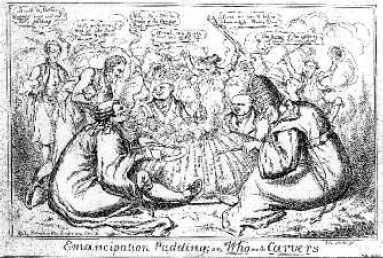
John Philips, Emancipation Pudding; or, Who are the Carvers, c. 1829, etching. Some for church; some for state.

In Cutting their pudding before its baked, one of Jay N. Ding Darlings pointed pen and ink editorial cartoons from 1940, Germany takes the largest share of the pudding.
